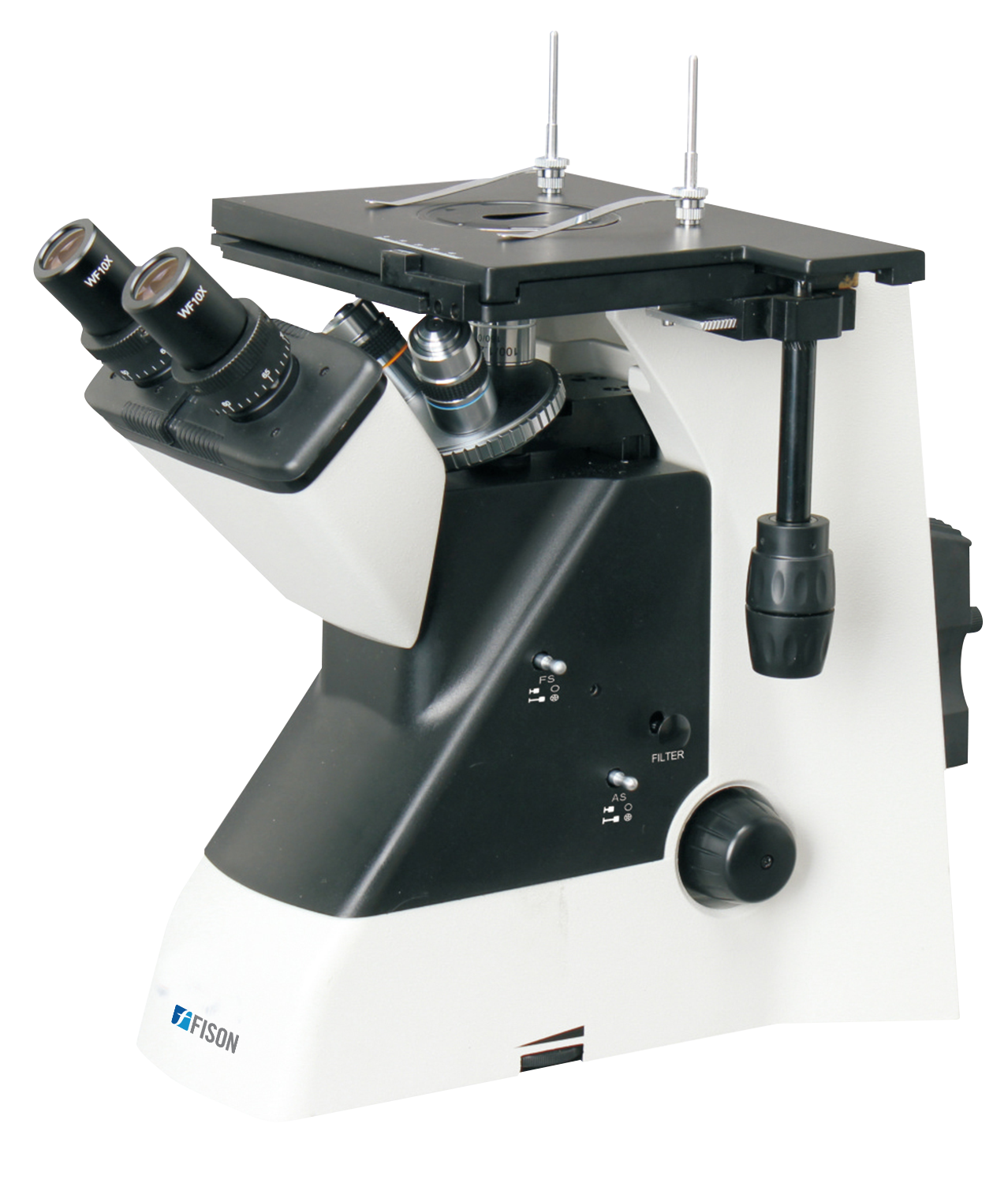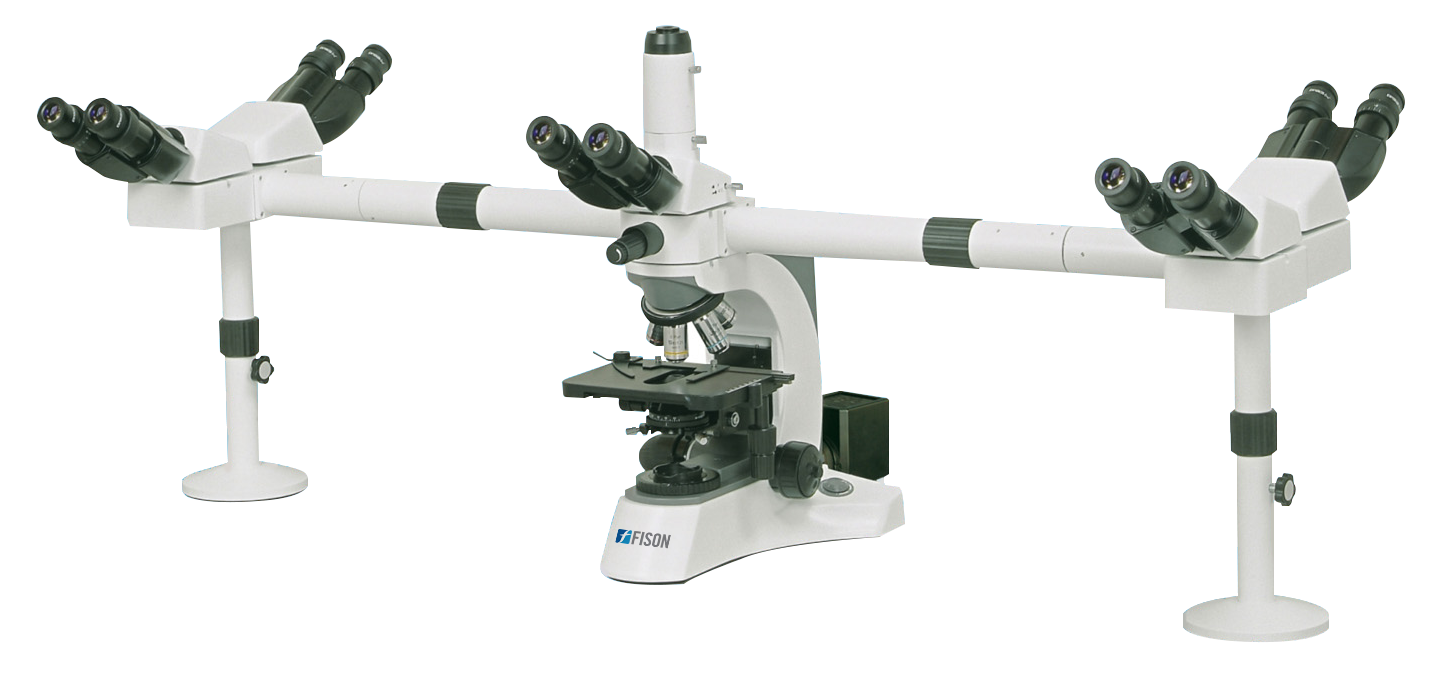
Digital Microscope FM-DM-B200
Digital Microscope FM-DM-B200 is an advanced LCD Digital Stereo Microscope comprised with Greenough optical system, offers standard magnification of 7X to 45X with coarse focus. Features seidentopf trinocular head with 45° inclination and 360° rotation, widefield eyepiece of WF 10X/20 mm with 0.7X to 4.5X zoom, and CMO (stereo) objective. Equipped with upper 56 LEDs right light with adjustable brightness, 9 inch LCD display having 5.0 MP camera with C-mount adpater, and USB 2.0, Type A, TF card output for real time image display. This digital microscope has focusing range of 50 mm with center distance of 155 mm.
Specifications
| Viewing head | Seidentopf trinocular head inclined at 45°; Interpupillary distance: 54 to 75 mm |
| Head diopter | Both tubes adjustable |
| Head light path | Switch E100: P0/E0: P100 |
| Optical system | Greenough optical system |
| Light distribution | Upper 56 LEDs right light with adjustable brightness |
| Eyepiece | Widefield eyepiece WF 10X/20 mm |
| Objective | CMO (stereo); 0.7X to 4.5X |
| Standard magnification | 7X to 45X |
| Focusing type | Coarse focus |
| Stereo zoom ratio | 1:6:4 |
| Stereo stand | B1 stand; pole type |
| Power supply | AC 100 V to 240 V; Wide voltage |
| Dimension (W×D×H) | 410×390×420 mm |
| Weight | 6 kg |
Features
- An advanced LCD Digital Stereo Microscope with Greenough optical system
- Standard magnification of 7X to 45X with coarse focusing range of 50 mm
- Seidentopf trinocular head with 45° inclination and 360° rotation
- Widefield eyepiece of WF 10X/20 mm with 0.7X to 4.5X zoom
- Upper 56 LEDs right light with adjustable brightness as light source
- 9 inch LCD display having 5.0 MP camera with C-mount adpater, and USB 2.0, Type A, TF card output for real time image display
- High-efficient, stable and easy-to-use
Applications
- Digital stereo microscope is used to inspect and analyze various objects from micro-fabricated parts to large electronic devices across education, research, medicine, forensics, industrial manufacturing, CDC etc.
LCD Tablet Details
Camera resolution 5.0 MP/ 9 inch Sensor Type CMOS Camera sensor size 1 / 2.8 inch Camera mounting C-mount 1.0 X Display 9 inch LCD screen, 1024×600 screen resolution Output USB 2.0, Type A, TF Card Dimension 225×52×175 mm Weight 0.7 kg























